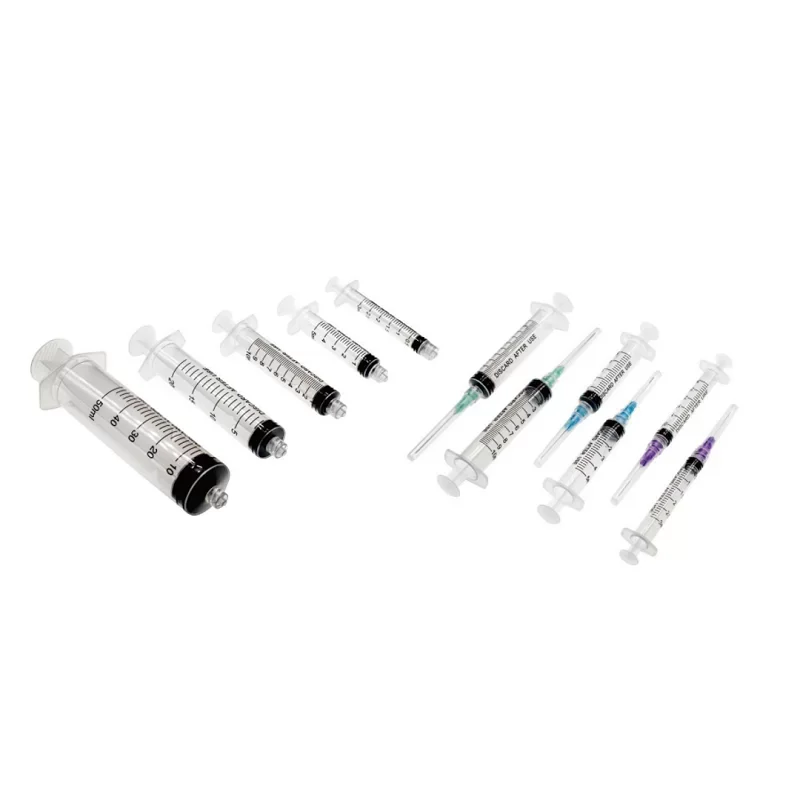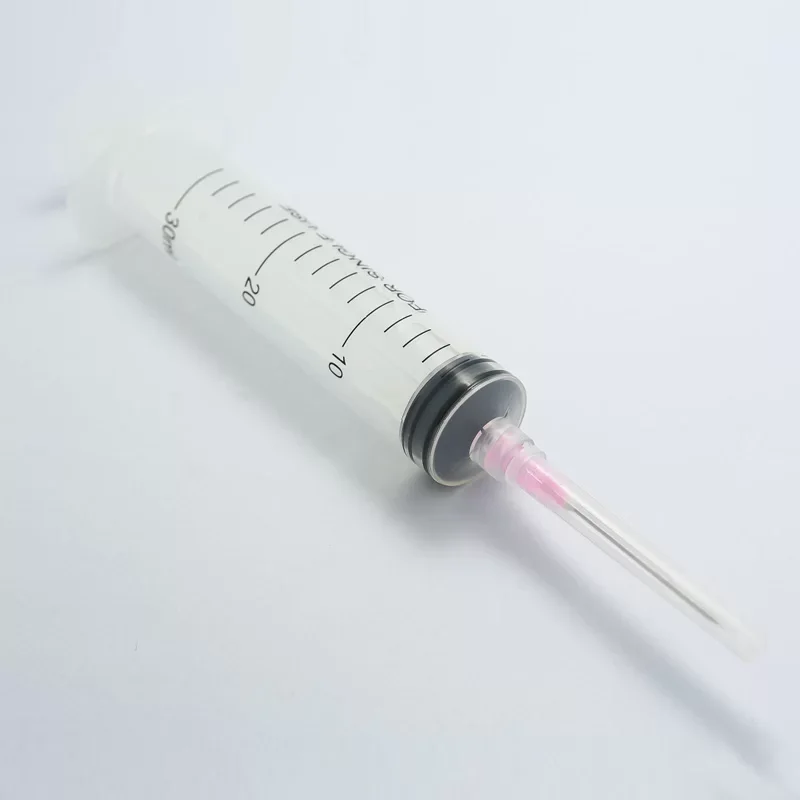If people were exposed to injections for the first time as children, they would definitely cry at the pain of the sharp needles piercing the flesh. Therefore, they are also the most unpopular modern medical tools. However, without syringes, there would be no IV fluids, and many would die. CMC takes you to understand the evolution history of high-quality disposable medical syringes.

The syringe consists of a barrel with a small hole at the front end and a matching plunger rod. Syringes are used to inject or withdraw small amounts of fluid into or from otherwise inaccessible areas. When the mandrel is pulled out, the liquid or gas is sucked from the small hole at the front end of the syringe, and the liquid or gas is squeezed out when the mandrel is pushed in. The process of drawing or injecting a gas or liquid with a syringe and needle is called an injection.
Before the invention of the syringe, doctors had already implemented the treatment method of infusion, but due to the use of tools in nature, the patient was infected. It is generally believed that the originator of the use of syringes in medicine was the Scottish physician Alexander Wood and the French Charles Pravas, who worked together to achieve the process in 1853. Alexander used the new tool to subcutaneously inject morphine into patients to treat sleep disorders. Unfortunately, however, Alexander's wife died of a morphine overdose herself. Subsequently, Alexander improved the syringe: the needle was scaled and the needle was finer. This series of improvements also attracted the attention of many doctors and made the syringe widely used.
It is also believed that Iraqi and Egyptian surgeons had developed similar syringes using a hollow glass tube for aspiration of cataracts in patients' eyes in the 9th century AD, a method that was still in use until at least 1230, and in the 20th century. This method has only been improved in the century.
Syringes can be either plastic or glass, and glass syringes can be sterilized with an autoclave. In 1956, New Zealand doctor Colin Murdoch invented a disposable plastic syringe, which not only inherits the advantages of traditional glass syringes that are transparent and inert, but also has the characteristics of not easy to damage, easy to transport, low cost, easy to recycle, and more safe. Glass syringes are out of reach, and they greatly reduce the risk of blood-borne diseases. Since then, new syringes have been mass-produced and have gradually become the first choice of doctors.
With the development of medical technology, needleless syringes have also emerged. This syringe does not require needles, but uses a high-speed high-pressure injector to inject drugs through the skin into the body. This method can greatly reduce the accidental accident of doctors and nurses accidentally sticking themselves when using needle syringes. In addition, it also helps some patients avoid the discomfort caused by regular injections of drugs such as insulin, and the needle-free injection device allows such patients to accept drug injections with ease. At the same time, the distribution of the drug through needle-free injection in the tissue is more dispersed, which is conducive to the absorption of the drug, the absorption of the drug solution is more complete, and the bioavailability of the drug is also improved.

Disposable Medical Syringe Supplier - CMC
CMC Medical Tech Co., Ltd. was established in 2010. Our main business is disposable medical consumable. We have established long-term cooperation with medical device manufacturers and pharmaceutical company in more than 20 countries around the world with first-class quick response services and one-stop supply consulting solutions.















Comments (0)